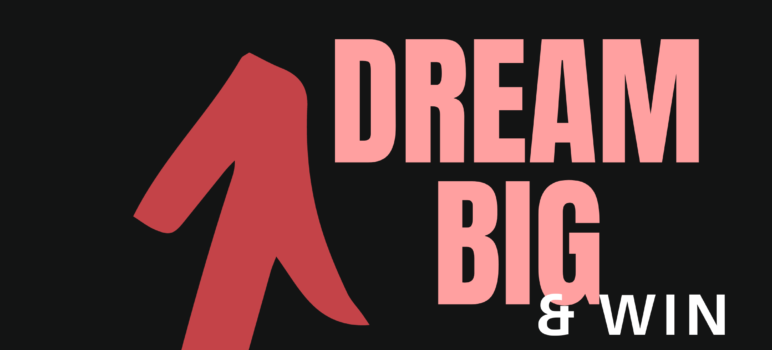Dreaming big is the cornerstone of achieving exceptional success in both business and life. Many successful individuals attribute their accomplishments to daring to dream beyond conventional limits. In this …
As an alternative to mayonnaise, Miracle Whip has become a common sandwich spread. It’s crucial to know how long you may safely store food to prevent spoilage and spoilage-related …
JB Weld is a high-strength, multipurpose glue. But, what will JB Weld not stick to? Here, we will discuss a few surfaces that JB Weld will not adhere to, …
A question on the Harry Potter website is, “Which potion does not contain valerian sprigs?” The answer is, it’s not known. The ingredient is a fictional plant called Valerian …
As an alternative to mayonnaise, Miracle Whip has become a common sandwich spread. It’s crucial to know how long you may safely store food to prevent spoilage and spoilage-related …
JB Weld is a high-strength, multipurpose glue. But, what will JB Weld not stick to? Here, we will discuss a few surfaces that JB Weld will not adhere to, …
What is a Snore Box? And where can you find one in the Bahamas? We’ve all heard of obstructive sleep apnea, and you may be wondering where you can …
Crystal violet is an organic compound that comes in various colors and shades. It is used as a dye in the textile industry. It is a potent and fast-acting …


